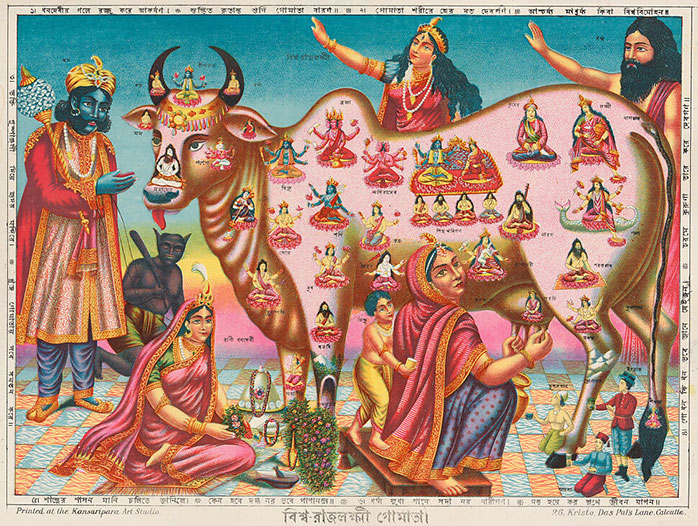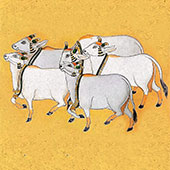.
Studying the depiction of animals in art can provide us with valuable insights into the world at that time. It can tell us about the social, cultural, and religious beliefs of the people who created the art. For example, the prevalence of animal depictions in ancient Indian art can help us understand the importance of animals in the daily life and religious practices of people during that era. Furthermore, the style and techniques used in the depiction of animals can give us clues about the artistic techniques, cultural influences, and technological advancements of that period. Therefore, studying animal depictions in art can help us understand and appreciate the history and cultural heritage of a society.
How to go about it?
Choosing the animal
Studying all animal depictions in Indian art would have been a daunting task as it would involve analyzing a vast and diverse body of artwork spanning over several millennia. India has a rich and varied artistic tradition that encompasses different art forms, styles, and techniques across various regions and time periods. The depiction of animals in Indian art is widespread, and different animals hold specific meanings and associations across different contexts. For example, elephants represent power and royalty, tigers symbolize strength and ferocity, and peacocks signify beauty and grace. Focusing on specific animal depictions, such as cows and bulls, allows for a deeper exploration of the cultural, religious, and social contexts that shape the portrayal of these animals in Indian art. It provides a more meaningful and nuanced understanding of the cultural and artistic significance of these depictions. Cattle have been an important part of Indian life for centuries, serving as a source of milk, meat, and labor. Their importance in agriculture and rural life has also made them a symbol of prosperity and abundance. Dividing the timeline into periods was important as it allowed for a more focused analysis of the artwork produced during each era. This approach helps to identify the unique artistic styles, themes, and techniques that emerged during different periods of Indian history. Breaking this long timeline into short chunks not only helps in curating the data but also helps in understanding and categorizing these artefacts easily.
Overall, dividing the timeline into periods is essential when studying cattle depiction in Indian art as it allows for a structured and comprehensive analysis of the artwork produced during each era. This approach provides valuable insights into the cultural and artistic heritage of India and its continued significance in Indian society.

Vishva Rajalakshmi Gomata India ca. 1890
(Image source)

